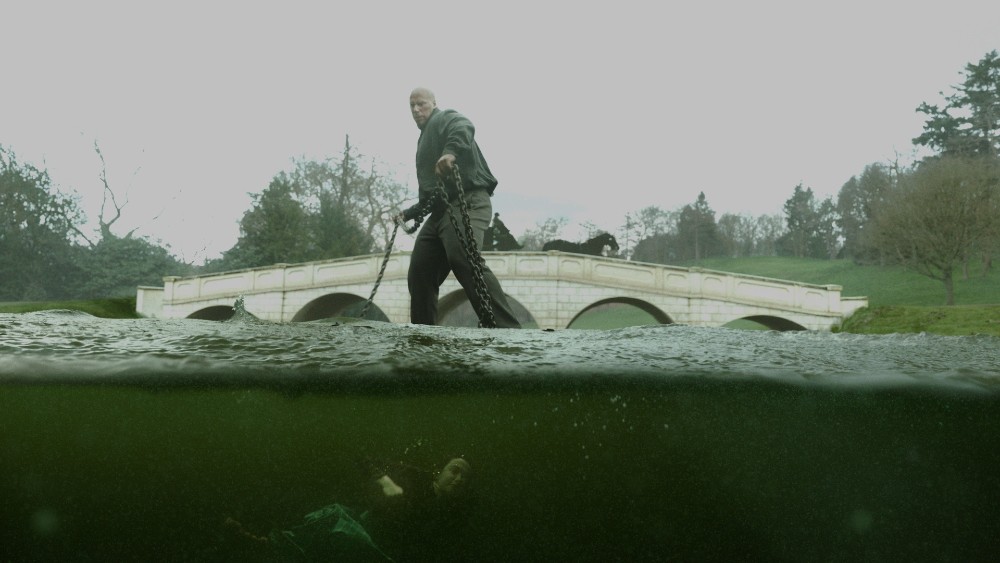
The Nevers is complicated, complex and fantastical, with aliens blessing/cursing “touched” ladies in Victorian London with kickass powers. Only, the men don’t welcome the freshly empowered women. In fact, they hunt them down. Enter a touched, butt-kicking tandem, Amalia (Laura Donnelly) and Penance (Ann Skelly), who defend and shelter the gifted but endangered “orphans.”
If the HBO show sounds out there and outlandish, it is, which makes sense since Joss Whedon created it (though he departed after several episodes). Fan and critical response have been mixed, but visually the show is stunning, with a cool alien ship, characters walking on water, and more. It’s looks so convincing, in fact, that the episode “Ignition” is up for an Emmy nomination in the Outstanding Special Visual Effects in a Single Episode category. The nominated team consists of Johnny Han (FX Supervisor), Jack Geist (VFX Producer), Justin Mitchell (Visual Effects Supervisor), Dominique Vidal (Visual Effects Supervisor), Emanuel Fuchs (Opium warehouse sequence supervisor), Gaia Bussolati (Environment Supervisor), Alexandre Prod’homme (VFX artist), Takashi Takeoka (VFX artist) and Mike Dawson (SFX supervisor).
Below the Line recently spoke via Zoom with Mitchell, whose credits include Elf, Lost, 2012, Super 8, Iron Man 3, Guardians of the Galaxy, Vol. 2, and Cosmos. He is based at Scanline VFX, one of the several visual effects companies that helped bring The Nevers to life.
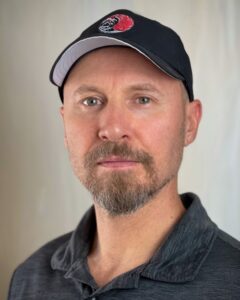
Below the Line: How did you get into the VFX business?
Justin Mitchell: As a young man, I always enjoyed working in computer graphics, really as a hobbyist, whether it was playing with Photoshop, or actually even earlier than that, working on a Commodore 64 and building bitmaps pixel by pixel. So, I always kind of enjoyed that. And I also had a love for theater and acting and filmmaking. I actually was an acting hobbyist as a young man in community theater, and then ultimately went to USC and have a degree in theater. That led me into doing some writing, not professionally, but just screenwriting as a hobbyist and doing some lighting on film sets. Really, visual effects is about marrying my love for computers with my love for storytelling. Also, it’s a mixture of the creative and the technical, which I think suits my personality well.
BTL: Let’s talk about the Emmy nomination. It’s your second time being nominated. What’s it like to get that phone call or email?
JM: It’s very, very gratifying. We work hard on projects. And not just me, but my whole team spent a good deal of time, months, working on a project. So, it feels very satisfying to be recognized by the Academy in that way. It’s exciting, and regardless of where it goes from here, we’ll feel really grateful for the nomination and the recognition of the work.
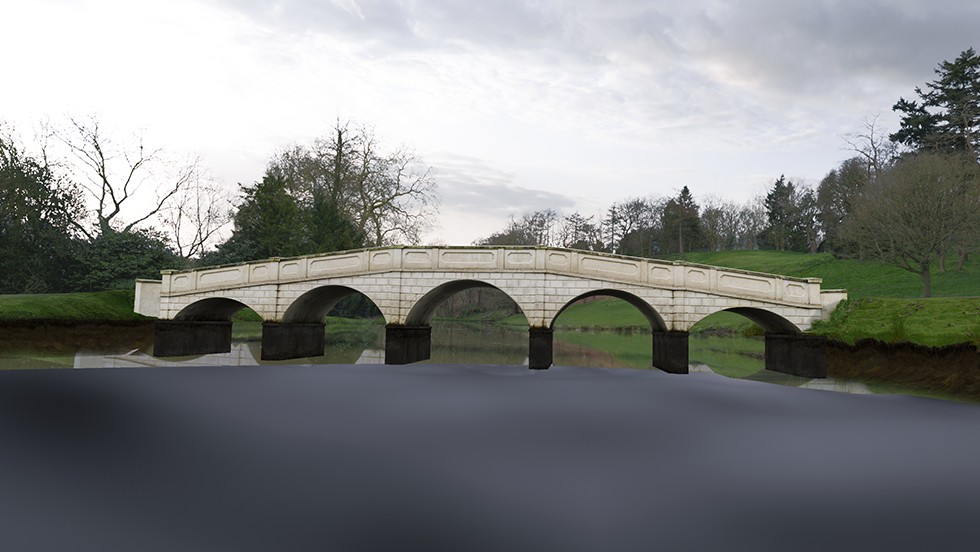
BTL: One of your first credits dates back to 2000, when you worked as a digital artist on the TV show, The Invisible Man. How easy or tough a climb has it been from that to being visual effects supervisor on your more recent projects, including The Nevers?
JM: I really came up through the ranks. I started on the box, and I actually still spend quite a bit of time on the box, I’m very much a hands-on visual effects supervisor. I wasn’t even sure earlier on in my career if I wanted to be a visual effects supervisor. I enjoyed working on the box and doing shots. I am an ambitious person, but I just wasn’t sure really whether it would be a good fit for me. Visual effects supervising is really a change from being an artist because you’re ultimately a manager. It leads into relationships with clients as well as supervising people. That brings forth a whole new set of challenges, which I’ve actually enjoyed growing into, but I wasn’t sure at the time if that would be the case. Through the years, I’ve worked in various studios in different capacities. I worked as an animator. More recently, I worked as an effects TD and did things like explosions or rigid body simulations, or fluid simulations, and that led me into becoming a CG supervisor, which I was for a few years before ultimately becoming a VFX supervisor.
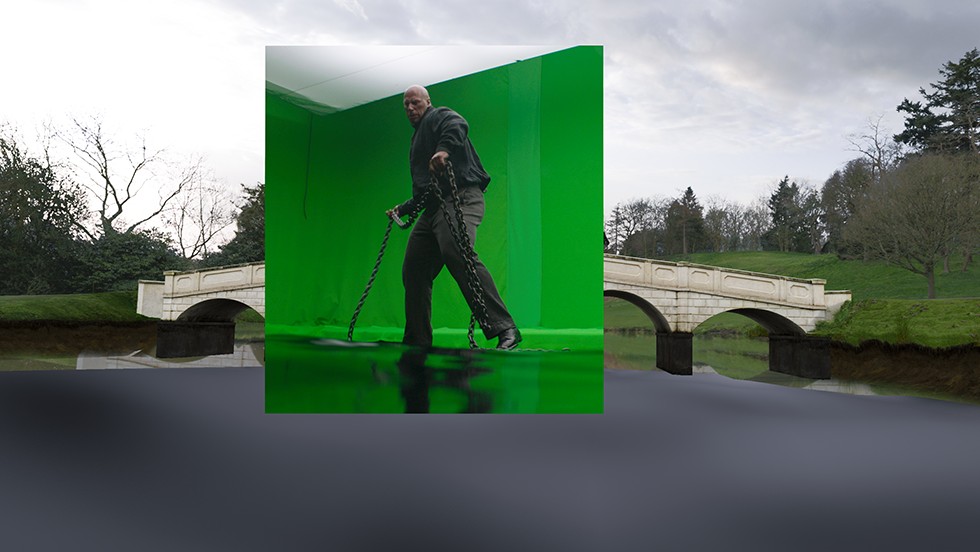
BTL: There’s a 20-minute answer to this question, but please give us the two-minute version. What do you consider to be the biggest changes in VFX from when you started to now?
JM: Yeah, that is a big question. The technology evolves so quickly. Really, from year to year, it changes fundamentally. So, really, the amount that we’re able to do now, the volume of visual effects that we’re able to produce quickly, is night and day to where it was when I first started 20 years ago. When I started, there wasn’t even ray tracing in visual effects and you certainly couldn’t dream of doing huge fluid simulations, or have hundreds or thousands of characters on screen at one time. So, that’s really been the dramatic change. And then for the industry, I think tax incentives have really been a game-changer. That’s changed the face of the industry and spread it into different parts of the world. It’s really a global industry now, versus one that was more focused in a few places, like Los Angeles or London previously,
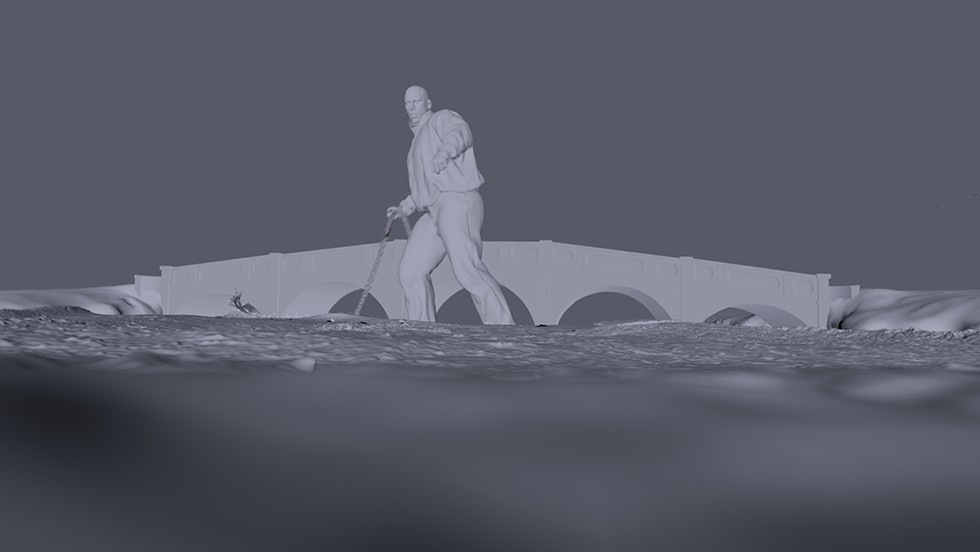
BTL: Which of the shows and movies you’ve worked on were the most formative for you?
JM: I learned a lot on Iron Man 3. That was really my first major foray as a CG supervisor. That was where I really got to cut my teeth with the idea of managing projects and schedules and, to some degree, budgets. That was a big game-changer for me. The work that I did recently on Tomb Raider was very satisfying. Sort of similar. I wasn’t visual effects supervisor there. I was a CG supervisor, but the vast amount of complex environments and water work on that show, I think I really learned a lot. Those are a couple that really stand out.
BTL: How did you connect with The Nevers?
JM: I’m a visual effects supervisor at Scanline. The project came via the producers at Scanline. I think it really came about because Johnny Han, who was the overall visual effects supervisor on The Nevers, we had worked together at Scanline Visual Effects. And Jack Geist, who was the visual effects producer on the show, is someone I had worked with before on Cosmos. He was the visual effects producer on that. So, he and I worked together, and Johnny and I worked together previously, as well.
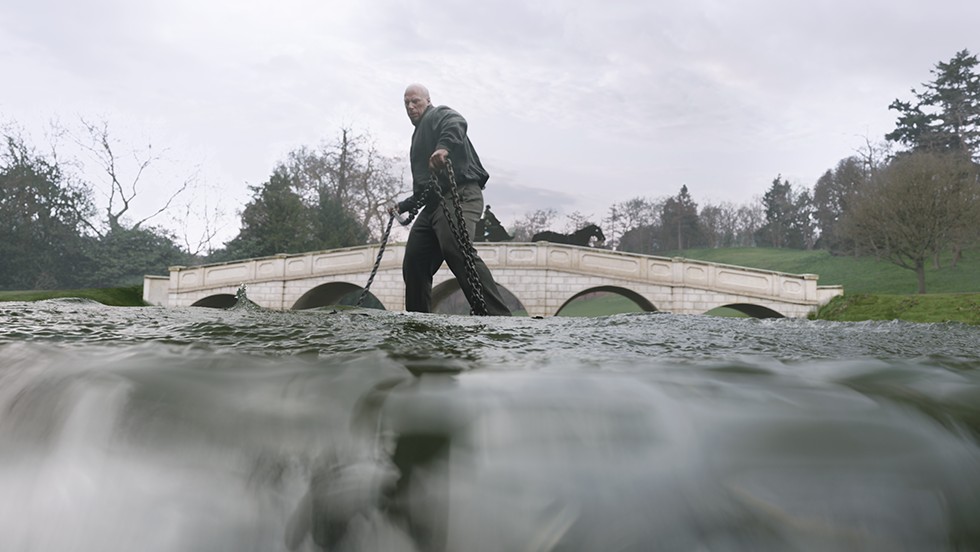
BTL: You get a script for The Nevers and…
JM: We get the script for The Nevers, and we break down each shot, figuring out what elements are required to execute that shot, be it photographic or CGI, if there’s simulations involved, whether there’s multiple photographic elements, or perhaps just one part of green screen photography that gets composited in a CGI environment. We have to figure out the formula. Sometimes there’s concepting involved. For example, the spaceship in The Nevers, there were some rounds of concept design there, where we worked with the client, with HBO, to create a look for the spaceships. There might be some iterations there. Oftentimes, there’s some pre-vis where we’re taking some storyboards and doing some simple animation to design shots. That’s particularly important in big visual effects sequences, because they are very expensive to shoot. So, building a template for what you’re going to shoot is a critical component. Then there’s obviously going on set and shooting the elements. As a visual effects vendor, that’s not always the case. Sometimes I don’t go on set because their overall visual effects supervisor and his or her team are on set. In the case of The Nevers, I was on set for a good amount of the sequences that we were involved in. So that involved being in the UK, at Pinewood Studios, at the tech stage there, and shooting some elements of the actors on green screen in the tank or a pool. And then we’d go into other locations and shooting some of the environment locations, like the park location that you saw in the water walk sequence.
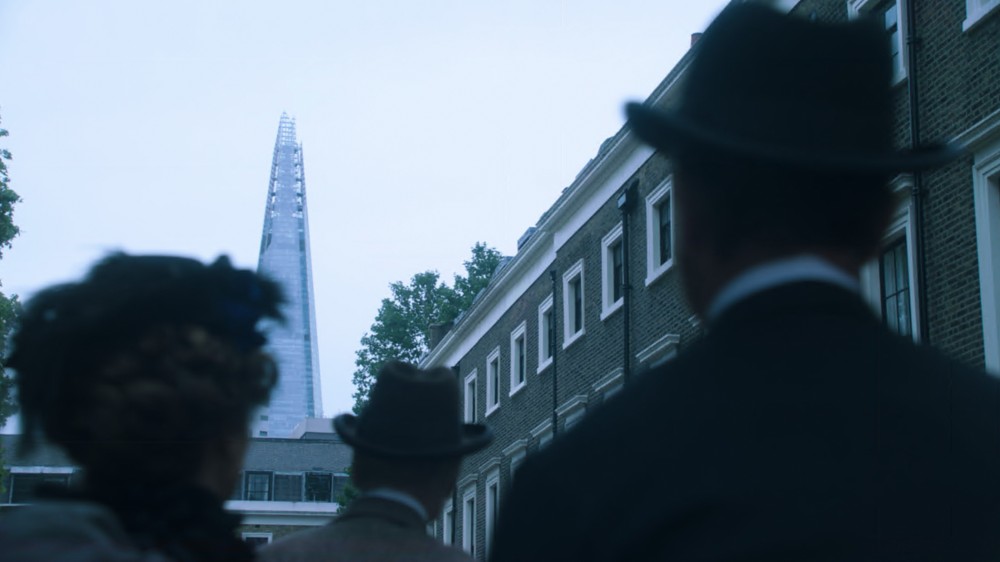
Then, that also involves capturing data, like camera information, measurements of actors’ photogrammetry of the environment, which is basically a series of pictures that can then be sourced together to build a three-dimensional model of the environment. And then we take all that information back to the studio and compile it all. Then there’s building a game plan with my team, about how we’re going to execute the various shots, obviously, modeling assets, tracking the various plates that were shot, creating whatever fluid simulations need to be created, or whatever animation needs to happen, building the CGI environments as needed, creating any other particle simulations or fluid or cloth simulations, and then taking those various elements and compositing them together to create the final result.
BTL: That’s it?
JM: Easy peasy. (laughs)
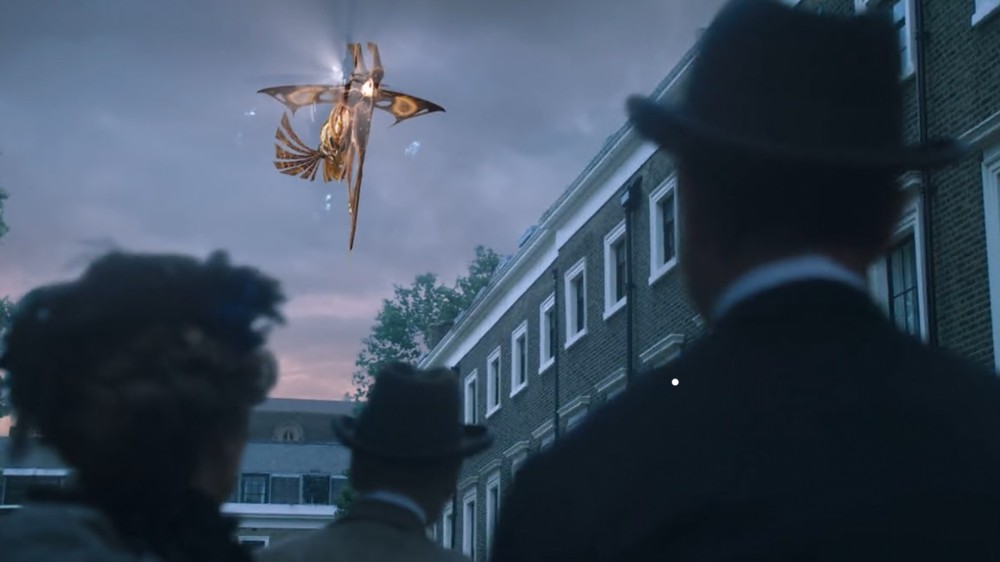
BTL: Across Season One, what were the trickiest sequences to pull off? I’m assuming the ship and the water walk…
JM: Yes, I think that the water walk was probably the most demanding, because it really was creating something that we hadn’t seen before, and it involved multiple different disciplines. When trying to figure out what that effect might look like, we researched the way that insects walk on water. When bugs walk on water, they are affected by surface tension on the water. So, for them, it’s like walking on a trampoline or on a water bed, because they don’t actually penetrate the water’s surface. But, of course, once you’re at a human scale, if we try and stand in the water, we fall right through because that surface tension doesn’t apply. But we sort of took some liberties and scaled up that idea of water tension to make it apply to the sequence and where Odium is able to walk on the water. To achieve that, we combined flow simulation, fluid dynamics, animation, and then, of course, traditional CGI and compositing techniques to make that all come together.
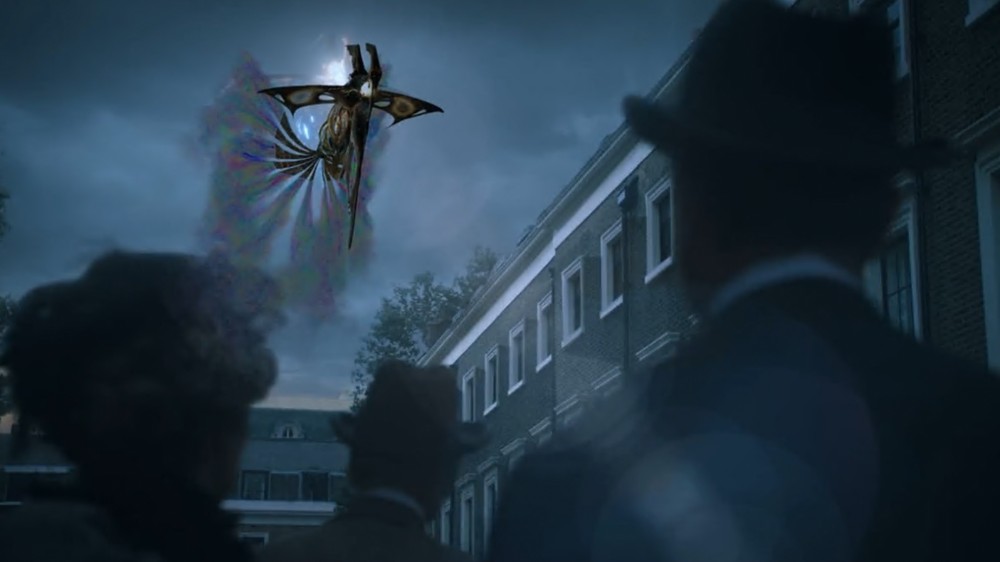
BTL: How many men and women are on your team?
JM: There were probably 50 to 100 people that worked on the post process with visual effects. I couldn’t really do my job without any of them to be honest. I give all the credit to my team. Certainly, key players (included) my visual effects producer, CG supervisor and comp supervisor played vital roles in doing the sort of work that we do. They lead their own teams in their various departments.
BTL: How did the pandemic impact you and what you needed to do for the show?
JM: As a company, we were really in a very good spot to adapt to the pandemic. The way our company is set up, we’ve got offices all around the world. Everybody works in a paradigm that’s very similar to remote desktop. So, nobody actually has their computer sitting by their desk. The computers are actually in the server room in our Los Angeles location, and everybody is working remotely over the internet. That was the case before the pandemic struck. People were actually working in their offices at those various studios around the world, so, to adapt to the pandemic, all we had to do was take that same technology and apply it to our home location. So, we were in a great position to adapt quickly, which was great. We didn’t stop working at all. The studio was busier than ever during the pandemic. As far as it related to The Nevers, a large amount of the principal photography had taken place before lockdowns started to happen around the world. Most of the principal photography was taking place in the UK. I was actually there and listening to the pandemic grow around the world and wondering if I was going to wind up getting stuck in the UK, which didn’t happen.
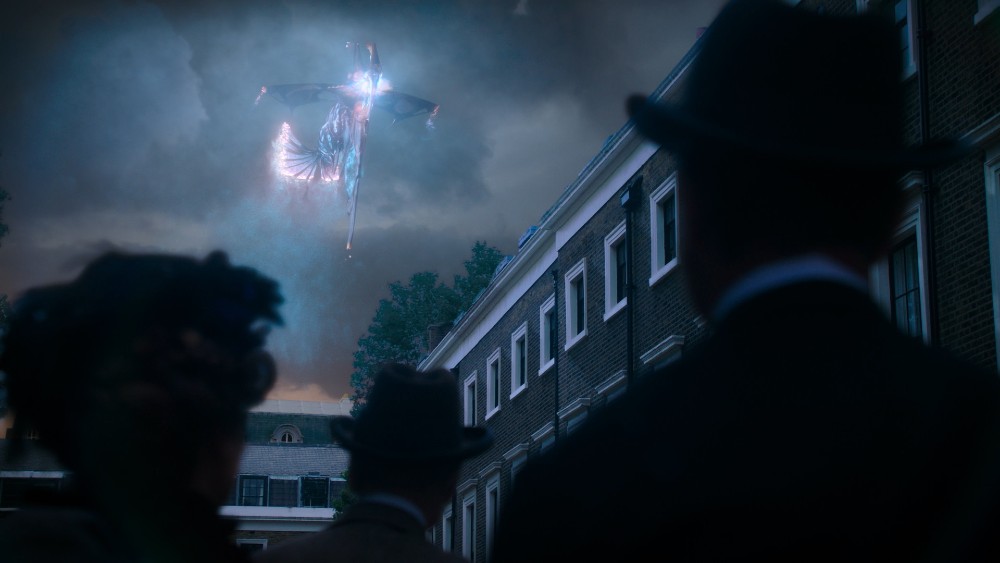
It did, however, affect the later episodes, where they had to change the plans for shooting. So, for example, in the end sequence of Episode Five, which is where there’s rescue attempt to stop Maladie from being hanged, that was originally planned to be shot on location, with hundreds of extras filling the courtyard. Once the pandemic hit, they had to change their plans, and they decided that there were limitations to the number of people they could have on set. I forget what the number was, but it was something like 20. So, rather than having hundreds of people, you’ve got 20. The logistics of filming on location during a pandemic are pretty much nonexistent. It’s just not possible. What they did was they built a backlot location for that environment. What was originally planned to be largely plate photography with some green screen magic in front and then, of course, a bunch of CGI augmentation, later became us creating a digital replica of an environment. The bottom half of that environment was built on the backlot, and then a top half was extended in CGI. Likewise, the crowds were shot in smaller groupings that were then replicated in compositing. So, we made a group of 20 people seem like it’s 200 or 300 people, and there was also some digital augmentation there, some CGI crowds that were used as well.
BLT: You mentioned before that you’re an ambitious guy. What’s in your mind in terms of your future? Do you want to open your own shop?
JM: I love working for Scanline, and I don’t really envision myself having my own shop. I’ve been a visual effects supervisor now for a few years. I’d like to continue cutting my teeth at Scanline and work on some more ambitious projects. And then, who knows what the future brings? I do have some interest in being an overall visual effects supervisor, what we would call a client-side visual effects supervisor. That is a much larger undertaking, and for a project like The Nevers, that’s years in the undertaking. So, I really have to think hard about that before making that transition, but I can see myself perhaps winding up there.
The Nevers can be watched streaming on HBO Max. All photos courtesy HBO and Scanline VFX.





